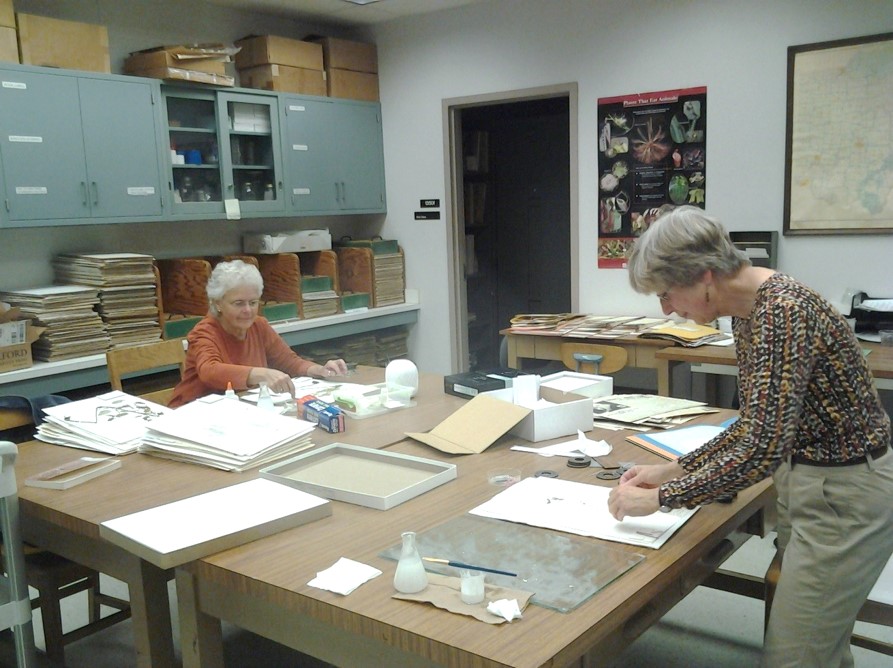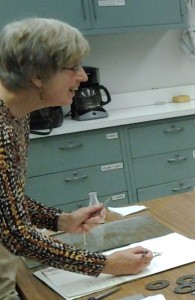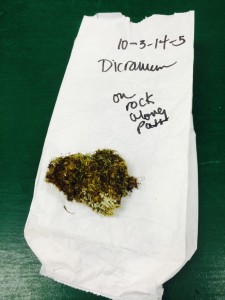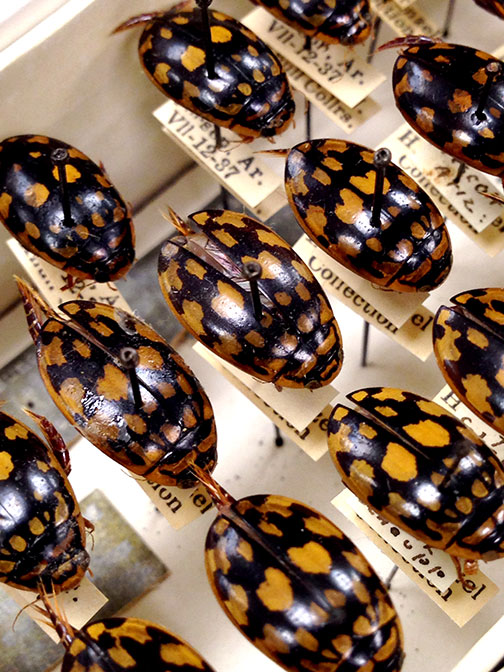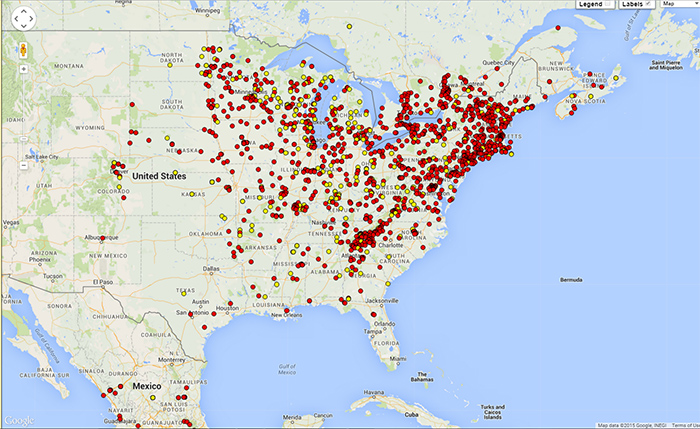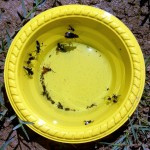You may have read the “impressions” of an OSU student who works in the herbarium on a part-time basis. Today, we present the views of two volunteers who have been extremely helpful in the maintenance of The Ohio State University Herbarium.
Donna Schenk reflects: “I worked part-time in the herbarium when I joined the work force in 1999 after a 20 year stint as a stay-at-home mom. My interest in plants has lasted my whole life. My family raised hot-house tomatoes in Northeast Ohio and we worked as a family in the greenhouse. After getting a Biology degree in college and marriage, my husband and I had a garden and started seeds each year. I am also a Life Member of the Herb Society of America, which emphasizes the scientific aspects of plants. So my love of plants is genuine.
The work in the herbarium gave me an opportunity to learn more botany. I always tell people I learned botany by osmosis in the herbarium. It was a natural thing for me to return to the herbarium as a volunteer after my retirement from the Ohio State University. I enjoy my hours in the herbarium where I continue to learn botany. Mounting the many different types of specimens also allows me to create things that are as beautiful as they are educational.”
Marty Marlatt‘s story is quite different: “I retired, after almost 34 years, from the Computer Science and Engineering Department at The Ohio State University. I was scouting around for activities to get involved in after retirement when I learned of the Ohio Certified Volunteer Naturalist program. The Dublin Parks and Recreation office was managing the program for Franklin County, so I contacted them and obtained the application form. There were only 20 people selected to participate and I was one of the 20. I was excited as I love all things outdoors!
We spent several Saturdays in class at venues around Columbus with various instructors. For example, we learned of the prairie garden at COSI, the wetlands and vernal pools at Darfee Park, and the Museum of Biological Diversity. Most classes were several hours in length, so we spent an entire afternoon with John Wenzel at the Museum as he explained what the Museum provided in the way of research and then he gave us a tour of the facility. I was hooked. I walked out of there thinking “This is the best collection of dead things I’ve ever seen!”
As part of the Naturalist program, we agreed to volunteer for a specified amount of time. I volunteered several hours mapping locations of bluebird houses for the Dublin Parks and Rec office. My territory was about a third of the Dublin City limits and I was given a map and a handheld GPS to log in the houses I found. But that wasn’t enough hours. I remembered Dr. Wenzel saying the Museum held an open house once a year and they always needed help. So I emailed him. He promptly forwarded my email to Cynthia Dassler, who was in charge of volunteers that year. Cynthia was happy to have me on board and gave me many interesting things to do – mounting skulls, making posters, arranging the exhibit items from Peary’s polar expedition, etc. Cynthia indicated that I did a fine job and if I wanted to further volunteer to contact her.
I waited a few weeks and finally emailed Cynthia saying I’d like to come talk about volunteering at the Museum. When I arrived, Cynthia introduced me to Mesfin Tadesse and said Mesfin could use help here in the Herbarium or we can find other work for you to do. Mesfin was quick to say “yes, we have many thousands of specimens that need mounted and no one to do it.” That was all it took. I am a sucker when it comes to people needing help, and thousands of specimens and no one to mount them seemed like a person in serious need!
I knew absolutely nothing about mounting plant specimens, but I agreed to give it a try, even though I had told myself that I wanted to volunteer with something other than plants. It’s not that I don’t like plants. I have dirt in my veins, a Master Gardener certificate, and an insane need to plant something each spring. But Mesfin had a huge need. So here I am, after 8 years, still mounting plants. I love working with the students, faculty and the other Herbarium volunteer, Donna. Volunteering in the Herbarium has brought more than just a volunteer activity – it brought me new friends and acquaintances. Thank you Cynthia and Mesfin!”
About the Authors: Donna Schenk and Marty Marlatt are long-time volunteers in the herbarium.
